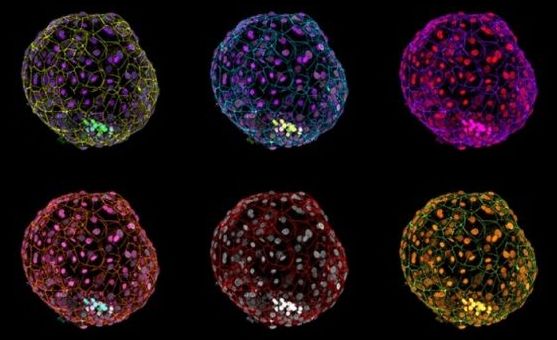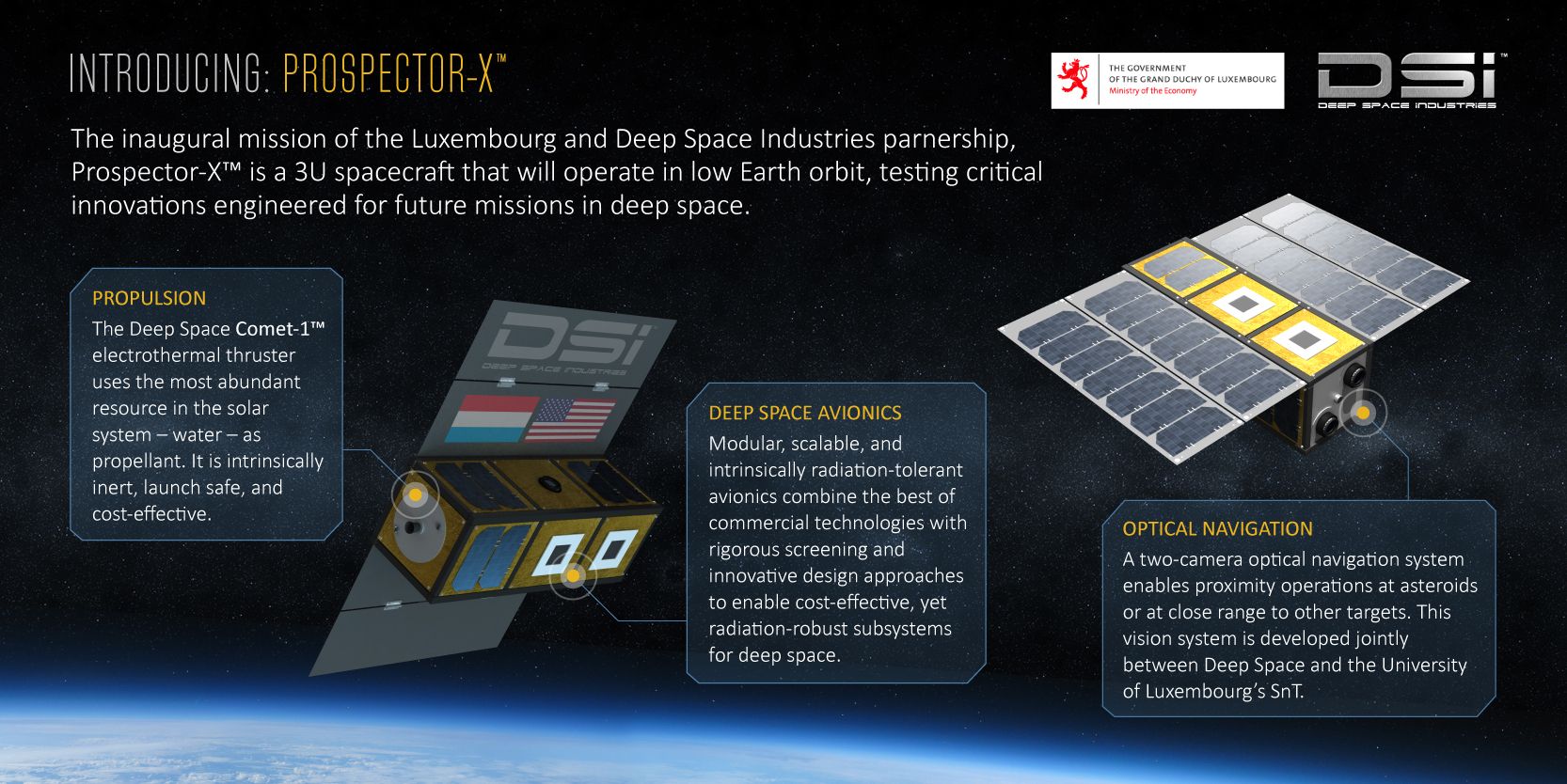May 5, 2016
Artificial Wombs Just Got One Step Closer to Reality
Posted by Shailesh Prasad in categories: biological, energy
Scientists have sustained human embryos in a petri dish for 13 days, shattering the previous record of nine days. The breakthrough will allow researchers to study early fetal development in unprecedented detail, and brings us one step closer to viable “artificial wombs.” But it’s adding fuel to an already heated ethical debate.
Two separate papers published this week, one in Nature and one in Nature Cell Biology, have reported culturing human embryos for nearly two weeks, going well beyond previous efforts. There’s no reason to believe that the embryos couldn’t have survived beyond the two-week mark, but the experiment had to be halted to adhere to the internationally agreed 14-day limit on human embryo research.
http://io9.gizmodo.com/how-to-build-an-artificial-womb-476464703
Continue reading “Artificial Wombs Just Got One Step Closer to Reality” »



















